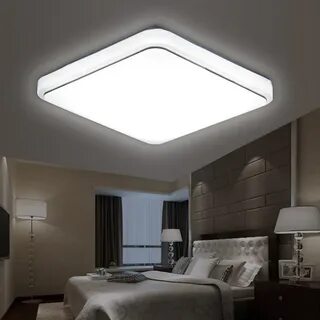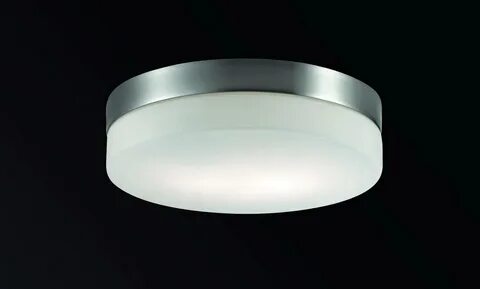
Let’s first understand the concept of spectrum:
The spectrum is an LED lights Kenya band that was separated by a dispersion device (such as gratings and prisms) to create monochromatic light, and then arranged in accordance with the wavelength.
The spectrum of light
Prior to the advent of artificial light sources sunlight was not just a source of illumination and energy to earth, but also regulated the human physiological rhythms, and had a profound impact on human psychology as well as physiology.
The sun provides the healthy, natural light we are most used to. Below, you’ll find numerous spectrum charts.
It’s more pleasant to the eye and less damaging than LED lights that have a standard spectrum.
There are two main distinctions:
Low blue light
Blue light is a well-known danger to electronic devices. Lamps and lanterns can also emit blue light.
1) It can cause visual fatigue and affect working efficiency and learning;
2.) Damage eye tissue and cause macular degeneration, cataracts, and macular edema.
3) It affects the secretion of melatonin that can lead to a reduction in sleep quality and even insomnia;
The short blue light spectrum’s wavelength is low. A point to be noted here The lower the temperature of the color and the less blue light intensity. Thus, most homes utilize 3000k-4000k. In the bedroom, you could select 3000k or even 3500k to cut down on blue light.
2.) Good color rendering
If the index of color rendering is low, it could affect the eye’s ability to judge the color of the object. Full-spectrum lamps have a relatively high color rendering index and better restore the true colors.
3) Impact on human body’s rest and work
Melatonin releases from the brain around 9 or 10 p.m. It is based on the biological clock of the human body.

Blue light is a factor that can hinder the production of melatonin in the pineal gland in the brain. A long-term exposure to blue light may cause sleep disorders. Full spectrum light can help reduce the risk of developing this condition.
We recommend you some full spectrum lamps from Liangpin [Lujia LiangpinThe Liangpin brand. Ceiling lamps with full-spectrum light with different styles and sizes can be used for bedrooms or living spaces.
1) Full Spectrum Cookie Ceiling Light
Cute shape, comfortable lighting, the top option for bedroom lighting; looking up is like seeing cookies, and when paired with soft and comfortable lighting, it’s therapeutic.
2.) Full Spectrum Ceiling Light
The style is influenced by cheese. The creamy and cute shape can be used for bedroom decoration. Bedrooms have relatively high requirements for light.
Full spectrum dimming is possible. Night mode is a great option when you want to watch films in your bedroom in the evening.
Everyone large and small will love.
3) Ceiling of the living room with pebbles light
It’s a simple design that has enough brightness to be installed in the living area. Fitted with intelligent control and a stepless dimming feature it is much more convenient.
This style of ceiling lamp is also suitable for homes with white walls that are large or with light or apricot-colored wall paint.
Full spectrum lamps are likely to gain popularity since people are looking for more lighting. This will ensure the health of the house lighting.
The way that LED lights from Kenya emit light is usually:
Blue light chip and the phosphor
Purple chip and phosphor
It doesn’t matter which light-emitting technology is employed. The “full spectrum” in a general sense, can be created. The entire spectrum is determined by sunlight. Other artificial light sources have to be as close to sunlight as possible.
The people who purchase full-spectrum lighting are merely in search of high CRI, low blue light or photobiological effects.

The reality may not be exactly as you thought it would be.
Invisible light and visible light:
The sun’s spectrum includes seven colors of visible light that include red, orange green, yellow as well as violet and indigo. When it is concentrated, it transforms into white light. Invisible light that is located in the red light region is called infrared light, having a wavelength that is greater than 730nm up to 5300nm. Light that is located outside of the purple light area is referred to as ultraviolet light having a wavelength of 290400nm.
What are the negative effects of excessive ultraviolet radiation?
Talk to your mom. Ask your mother. The dosage control can then be called the top task.
The photo below shows the spectrum of sunlight taken around 6 pm. The tolerance for color is 0.63SDCM. CRI Ra is 98.9 and R9 is 99.
The measurements may show an error due to conditions of the environment.
Blu-ray:
The peaks of blue light is in a strong relationship with the color temperature. Even if it is sunlight and not cloudy, there is a massive contrast between the blue light data that is measured at noon versus the afternoon and morning measurements.
We do not take a look at blue light in general when we buy LED lamps. Instead, we are looking at the highest point of short-wave light (wavelengths less than 455nm).
Below is a picture of an LED bulb exposed to bright white light. Please note that the index of color rendering is Ra84.5 and R9 is 12.
This means that regardless of whether it’s full-spectrum LED sunlight, full-spectrum LED or other LED lamps the temperature of the light source determines its peak of blue light to a significant extent.
To sum up:

In theory, full spectrum LED lights from Kenya will be more prominent in the color rendering index.
But if you want to be aware of photobiology, you should consider the effects of invisible light in the event that the benefit outweighs the loss.
For use at home, try to select lamps with a low color temperature and RG0 certification, and the highest color temperature not exceeding RG1.
Full-spectrum LED lamps areprobably still in the gimmick phase (no any evidence to support it, just speculation). The price does not matter.
